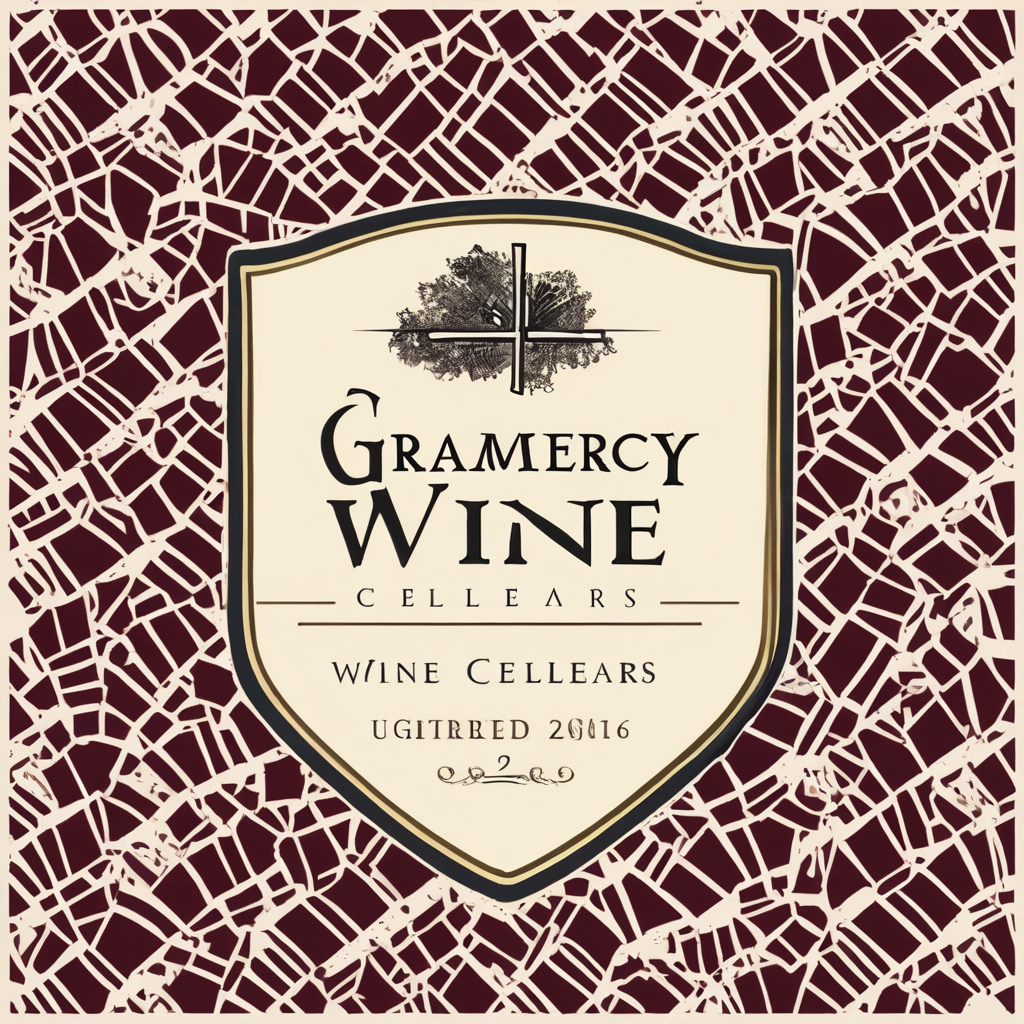A well-designed kitchen backsplash not only enhances the aesthetic appeal of your kitchen but also plays a pivotal role in maintaining cleanliness and hygiene. In a space where food is prepared and cooked, the kitchen backsplash acts as the frontline barrier against spills, splatters, and stains. The right choice of materials and design can make cleaning easier and ensure a more hygienic cooking environment. Let’s dive into how a thoughtfully chosen backsplash can make a significant difference.
The Importance of Material Selection
Selecting the right backsplash material is crucial for both functionality and aesthetics. Different materials offer varied benefits, from easy cleaning to heat resistance, which are essential for a hygienic kitchen.
Have you seen this : How can the use of eco-friendly food wraps in your kitchen help in reducing plastic waste and promoting a green diet?
Ceramic Tiles
Ceramic tiles are a popular choice for kitchen backsplashes due to their durability and ease of cleaning. They come in a variety of designs and patterns, making it easy to match them with your kitchen’s overall style. Ceramic tiles are non-porous, meaning they don’t absorb moisture or stains, which helps maintain a clean and sanitary kitchen environment. Additionally, they are heat-resistant, making them ideal for areas behind stoves and ovens.
Glass Tiles
Glass tiles provide a sleek and modern look while being incredibly easy to clean. Their smooth surface allows for quick wipe-downs, and they are resistant to mold and mildew. Glass tiles are also available in a range of colors and finishes, offering versatility in design. The reflective quality of glass can also make a small kitchen appear larger and brighter.
Have you seen this : What are the best methods for organizing a kitchen drawer to encourage portion control and healthy snacking?
Natural Stone
While natural stone like marble or granite adds a luxurious touch to your kitchen, it requires more maintenance than ceramic or glass tiles. Natural stone is porous and can absorb stains and moisture if not properly sealed. However, with regular sealing and proper care, stone backsplashes can be both beautiful and functional.
Stainless Steel
Stainless steel backsplashes are a top choice for those prioritizing hygiene and easy cleaning. Commonly used in professional kitchens, stainless steel is non-porous, heat-resistant, and resistant to stains and bacteria. It offers a modern, industrial look that can complement various kitchen designs.
Peel and Stick Tiles
For those looking for a quick and easy backsplash solution, peel and stick tiles are a great option. They are easy to install and can be placed over existing tiles. While they may not offer the same durability as traditional tiles, peel and stick tiles are easy to clean and can be a cost-effective solution for temporary or transitional spaces.
Design Considerations for Easy Cleaning
When it comes to designing your kitchen backsplash, there are several factors to consider that can contribute to easier cleaning and a more hygienic space.
Seamless Designs
Choosing larger tiles or materials that can be installed with minimal seams or grout lines can make cleaning much easier. Grout lines can trap dirt, grease, and bacteria, making them harder to clean. Opting for larger tiles or even solid surface materials can reduce the number of grout lines and make maintenance simpler.
Grout Choices
If you choose a tile backsplash that requires grout, selecting the right grout is essential. Epoxy grout is more resistant to stains and moisture compared to traditional cement-based grout. It is also more durable and less likely to crack, ensuring a longer-lasting, clean backsplash.
Patterns and Colors
While intricate patterns and dark colors can add character to your kitchen, they may also make dirt and stains less noticeable. However, keep in mind that simpler designs and lighter colors can make it easier to spot and clean spills and splatters. White tiles or light-colored backsplashes can give a fresh and clean look, though they may require more frequent cleaning to maintain their appearance.
Heat Resistance
Your backsplash should be able to withstand the heat from cooking appliances. Materials like ceramic, glass, and stainless steel are all heat-resistant, making them suitable choices for areas behind stoves and ovens. Heat-resistant materials ensure that your backsplash remains intact and easy to clean after cooking.
Maintenance Tips for a Hygienic Backsplash
Even with the best materials and design, regular maintenance is key to keeping your kitchen backsplash clean and hygienic.
Daily Wipe-Downs
Incorporate a quick wipe-down of your backsplash into your daily kitchen cleaning routine. Use a mild cleaner and a soft cloth to remove any splatters or spills immediately. This prevents stains from setting in and makes cleaning much easier.
Deep Cleaning
Perform a deeper clean of your backsplash at least once a week. For ceramic and glass tiles, a mixture of warm water and dish soap is usually sufficient. For natural stone, use a cleaner specifically designed for stone surfaces to avoid damaging the material. Stainless steel can be cleaned with a vinegar and water solution, followed by a dry cloth to prevent streaks.
Grout Cleaning
Grout lines can be a breeding ground for mold and mildew if not properly maintained. Use a grout cleaner and a small brush to scrub the grout lines regularly. Sealing the grout can also help prevent moisture and stains from penetrating, making it easier to clean.
Extending Your Backsplash Beyond the Kitchen
While backsplashes are most commonly associated with kitchens, they can also be a valuable addition to other areas of your home.
Kitchen Bathrooms
In kitchen bathrooms, a backsplash can protect the walls from water splashes and soap scum. Materials like ceramic tiles and glass tiles are excellent choices for these areas due to their water resistance and easy maintenance.
Outdoor Kitchens
For those with outdoor kitchens, a backsplash can protect the walls from weather elements and cooking splatters. Stainless steel and natural stone are good options for outdoor use due to their durability and resistance to the elements. Ensure that any material used for an outdoor backsplash is suitable for exterior conditions to avoid damage and ensure longevity.
A well-designed kitchen backsplash is more than just a decorative element; it is a functional component that contributes significantly to the cleanliness and hygiene of your cooking environment. By carefully selecting materials such as ceramic tiles, glass tiles, natural stone, or stainless steel, and considering factors like seamless designs, grout choices, and heat resistance, you can create a backsplash that is not only beautiful but also easy to maintain. Regular cleaning and proper maintenance will ensure that your backsplash remains a hygienic barrier against spills and splatters, making your kitchen a more enjoyable and sanitary space for cooking and gathering.
In conclusion, investing in a well-designed kitchen backsplash is a wise decision that pays off in both aesthetics and functionality. Whether you are renovating your kitchen or building a new one, consider how your backsplash choice can enhance the cleanliness, hygiene, and overall beauty of your space.






